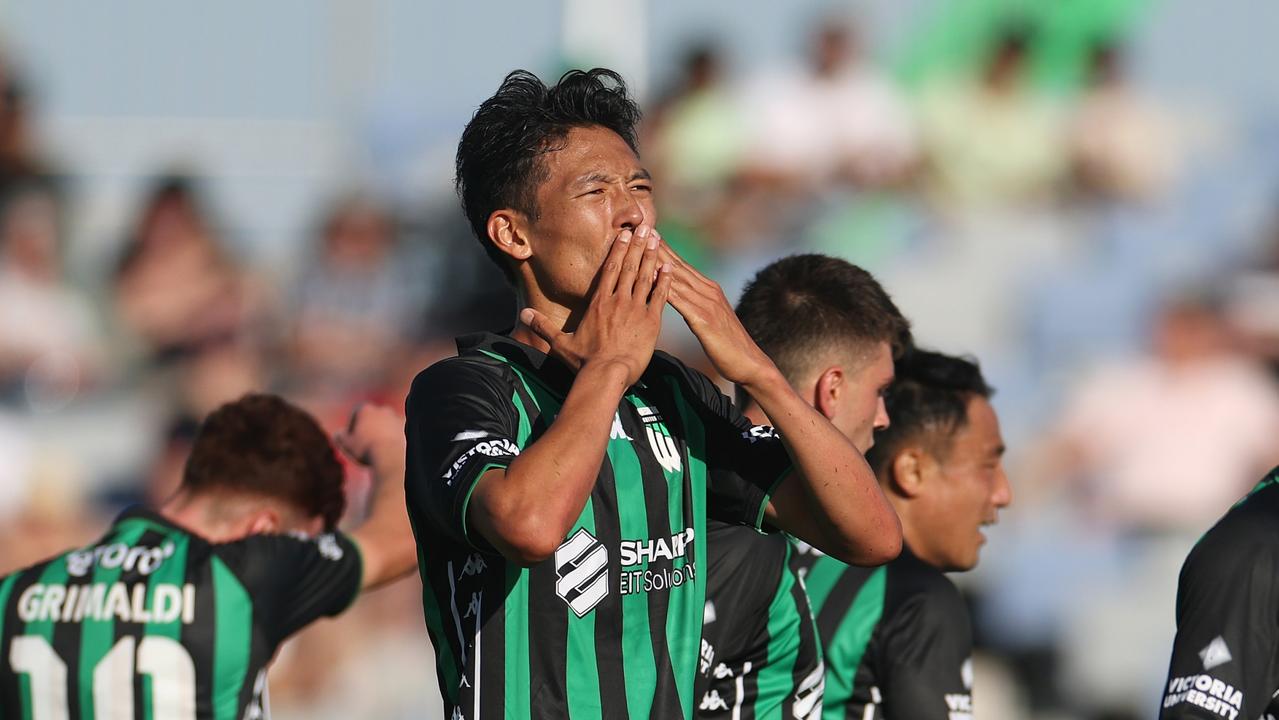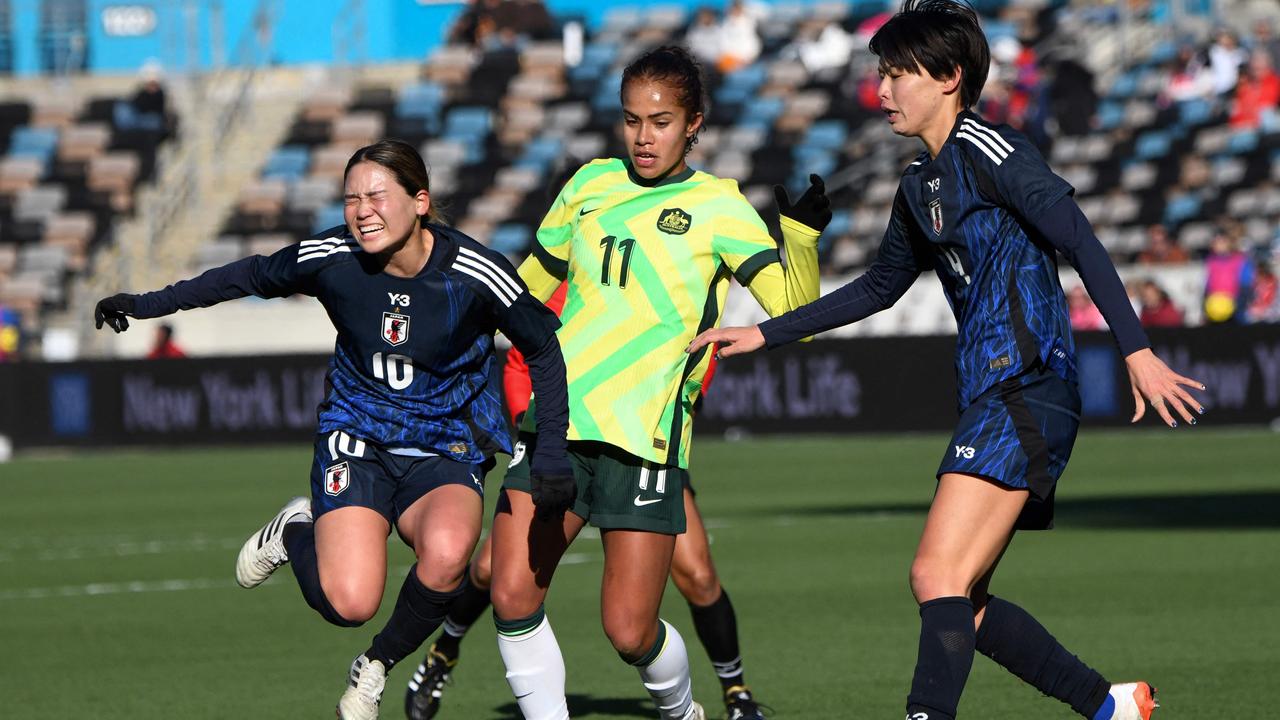FIFA Women's World Cup: Matildas face big selection call, strategy decisions ahead of opening game against Ireland
The Matildas’ big moment has arrived. ADAM PEACOCK analyses the tactics and selection calls ahead of Australia-Ireland opener.
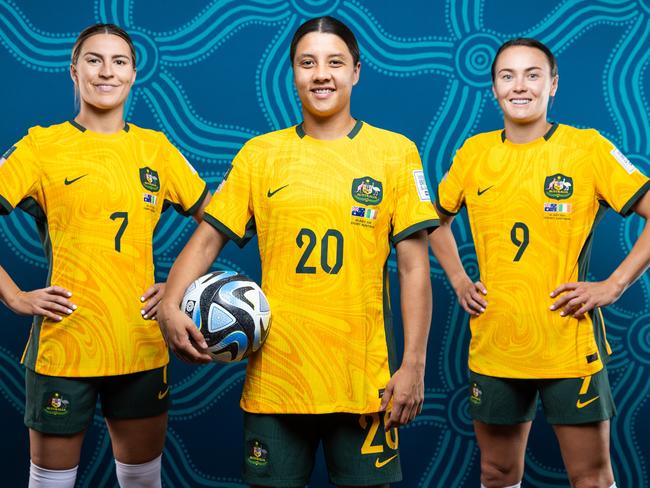
Tony Gustavsson has a tricky problem to solve in the hours leading up to submitting his team sheet for the World Cup opener against Ireland.
Express pace or technical poise?
Start Mary Fowler or lightning quick winger in Cortnee Vine?
This looms as the big call and it will be a decision not based on talent, but rather what the Matildas will be faced with in a game where they are expected to dominate possession.
The green wall
The Irish will continue to do what’s got them to their first ever Women’s World Cup.
Absorb, then counter.
By setting up with five defenders to provide the ballast to a 5-4-1 system, they will allow the Matildas to settle into periods of comfortable possession.
The four Irish midfielders will roam in a tight pack, clogging up space for the Matildas to play through or around, but do not expect them to show up in a giant double-decker bus and park it on the edge of their 18-yard box.
The lone ranger up top for the Irish, striker Kyra Carusa, will be asked to hold the ball up and bring players like the lightning quick Marissa Sheva into play, as the Irish themselves spring forward and try to do a Matildas on the Matildas.
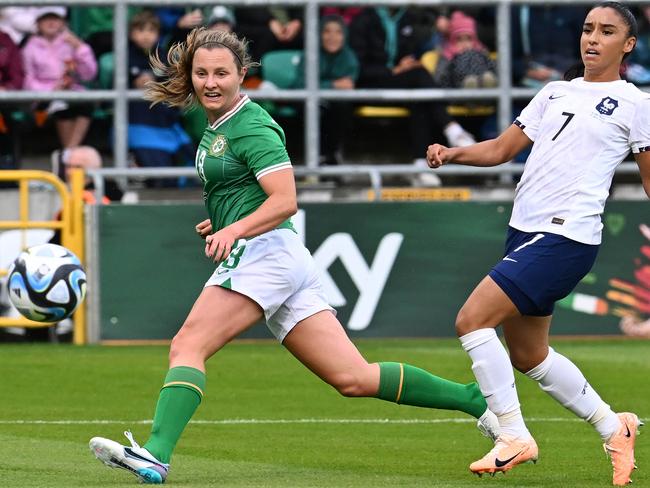
Frontline approach
Ireland’s approach is something the Matildas are familiar with, for it is the game plan they themselves have used to great effect in 2023 in wins over France, England and Spain.
In each of those victories, the Matildas had a lesser share of possession, with express pace in transition the key trait used to burn the opposition.
Vine and Hayley Raso on the sides.
Kerr and Caitlin Foord through the middle.
Dynamite when springing forward, these elements will be critical in the knockout stages, and perhaps in the third group games against the robust solidity of Canada.
But not tomorrow.
Fowler scored the winner against France while playing as a striker but she is equally comfortable playing as a winger who drifts infield or as an attacking midfielder.
With her exquisite technical ability, she is as likely to pick apart a compact defence as any Matilda. Kerr just needs a chance – and they may be hard to come by given how Ireland will set up – so delivery needs to be pinpoint.
Conversely, Gustavsson could stick with Vine and Raso on the flanks, trusting the system will deliver a crucial early goal, which would then require Ireland to drop the security blanket of defending so deep and venture forward.
Either way, with the squad’s other attacking option Kyah Simon not likely to be risked, Fowler has a huge role to play by starting, or coming on as a ‘game-changer’.
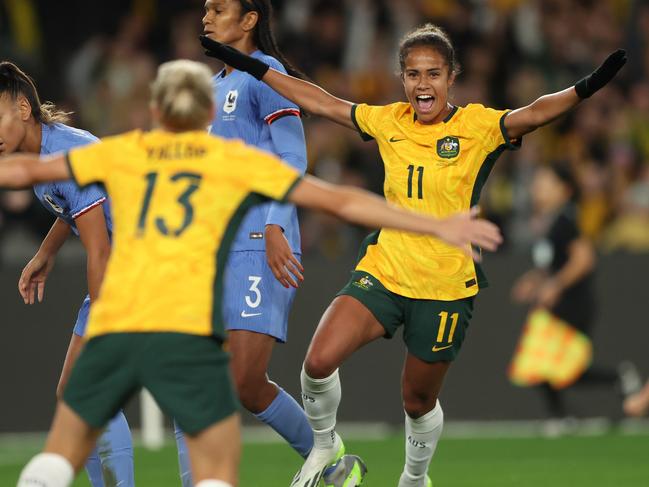
Defensive options
Organisation without the ball will be key, and in that lies another question for Gustavsson.
Alanna Kennedy, Clare Hunt, Clare Polkinghorne are all available to start at centre-back.
Who plays? It’s a tough call.
Kennedy and Polkinghorne have all the worldly experience and 16 World Cup appearances between them. Hunt, though, made her mark from the moment she was brought on at halftime to debut against Czechia in February.
That was after a first half when the Matildas looked clunky and nervous against a team sitting deep. Hunt’s calling card is defending, and her anticipation and pace look a perfect safeguard for when the Irish are able to leap to life with the ball through counter attacks.
Twice on Friday, Hunt nullified French threats when a dangerous situation looked certain.
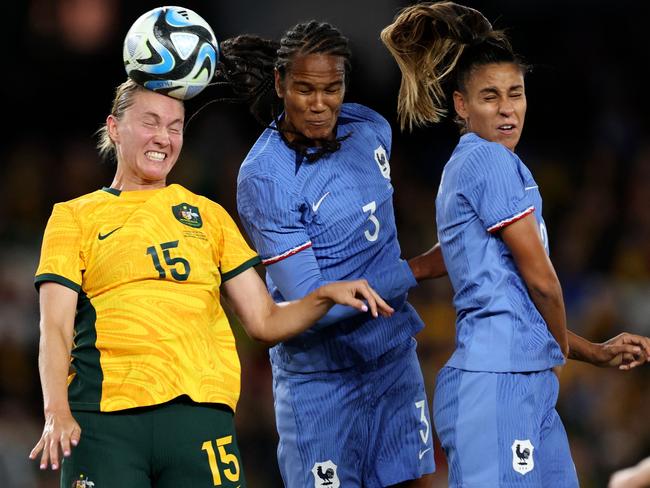
Attacking defenders
The Matildas must out-think the Irish with the ball.
Matildas training has been closed off to the public and media in Brisbane, although what they’ve been working on is predictable: rotations of movement in the final third, and final ball delivery, something which didn’t hit the mark in the first half against France.
With movement, it’s not just the nominated forwards who have key roles.
Fullbacks Steph Catley and Ellie Carpenter love getting forward, but finding space to run into will be a careful consideration. They could well end up spearing in-field from deep positions, instead of hurtling down the touchline to bomb crosses in from near the corner flag. Both at times could end up looking like supplementary strikers.
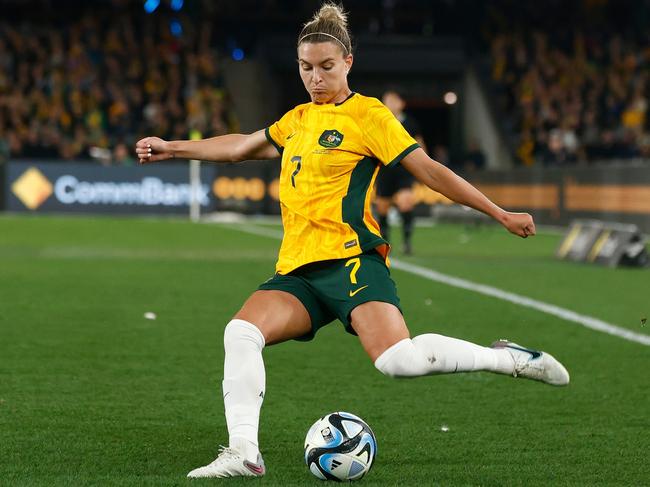
Learning from mistakes
As big as the wins over England, Spain and France have been, a key lesson for this contest emerged in a game that felt like one to forget at the time.
A few days before beating England in London, the Matildas fell to Scotland 1-0. The game in April was a rarity in that the Matildas dominated possession. Kerr and Foord were missing, but so was cutting edge.
Gustavsson demanded the preparation games in 2023 be as close to the type of opponent they’d face at the World Cup. He got his wish and now it’s up to him to select accordingly.
The Swede’s task is no easy one.
Breaking down the Irish will prove a challenge.


